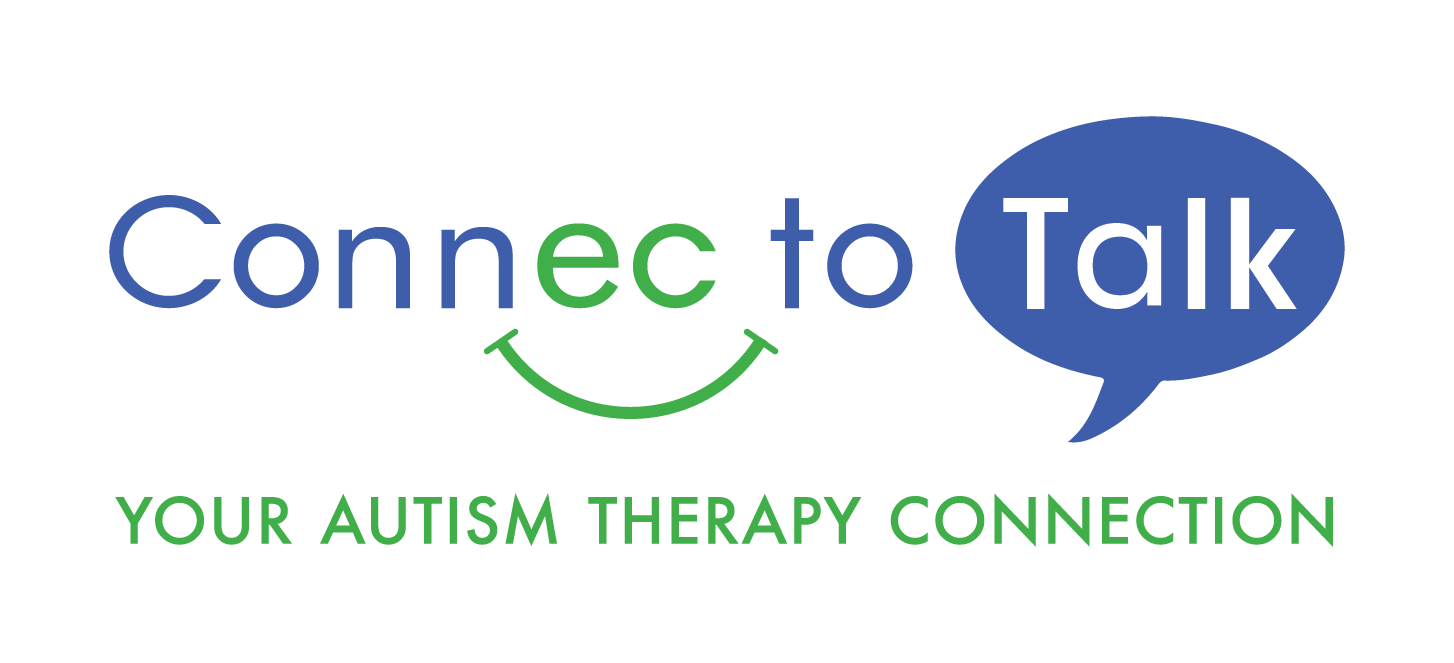![Thankfulness: Tips for Teaching Gratitude Prepared by Ashleigh O’Dell & Alexandria Sauls OVERVIEW & PURPOSE The fall season can be busy with school, holidays, and other commitments amongst families. Despite the hustle and bustle, it’s also a great time to acknowledge all that we are thankful for! Gratitude can be a complex concept to teach children with autism. Here are […]](https://connec-to-talk.com/wp-content/uploads/2023/11/Connec-to-Talk-Website-Mockup-1.jpg)
Prepared by Ashleigh O’Dell & Alexandria Sauls
OVERVIEW & PURPOSE
The fall season can be busy with school, holidays, and other commitments amongst families. Despite the hustle and bustle, it’s also a great time to acknowledge all that we are thankful for! Gratitude can be a complex concept to teach children with autism. Here are some tips and activities you can try to introduce your child to gratitude and discover what they’re grateful for!
THE POWER OF “THANK YOU”
A great step in introducing gratitude to your child is teaching them to say “thank you” to others. Saying “thank you” is a frequently acknowledged social skill that your child will come to encounter. Members of the family can model saying thank you when receiving a gift, or any item they like. Demonstrating these behaviors can help your child see how giving thanks makes others happy!
A FEW OF MY FAVORITE THINGS
One way to approach gratitude and thankfulness is to frame it around things that make us happy. You can show your child how to express thankfulness by coming up with a list of things you both enjoy! Having a dialogue about things we enjoy and appreciate can lead to further discussions about what we are thankful for.
You can even involve the entire family when discussing thankfulness. Talk about what other family members do that make you happy, and share them with one another!
Click here and here for worksheets you can fill out together!
PERSPECTIVE TAKING
According to a study conducted by Peters and Thompson (2018), perspective-taking “entails the ability to infer others’ mental states (thoughts, beliefs, desires, intentions) and then use this knowledge to interpret what they articulate and do, and predict their subsequent behavior.”
You can demonstrate perspective-taking skills to your child by labeling different emotions and activities in your environment. For example, if a family member receives a present, you can ask your child, “how do you think they feel?” and “why do you think that?” When considering thankfulness, you can ask your child how they feel when they receive their favorite things from other people!
Click here for another sample worksheet!
NAVIGATING THE HOLIDAYS
Holiday gatherings can be potentially overwhelming for children with autism. They might find discomfort with crowds, bright lights, and changes in routines. It may be helpful to create a social story about the gathering! Creating a story about the day can prepare them for: not going to school, seeing people they have not seen in a while, wearing holiday clothing, or eating different kinds of foods.
Your family can also prepare for the day by having familiar foods or activities for your child, as well as an exit plan if they become overwhelmed.
Click here for a sample social story!
Sources
Autism Society of North Carolina – Cultivating and Sharing Gratitude
The Autism Helper – Teaching Being Thankful
Nurture Pods – Developments in ABA: Teaching Perspective-Taking to Children with Autism
The Autism Community Action – Thanksgiving
Children’s Hospital of Philadelphia Research – Celebrating Thanksgiving with your Child with ASD



Leave a Reply